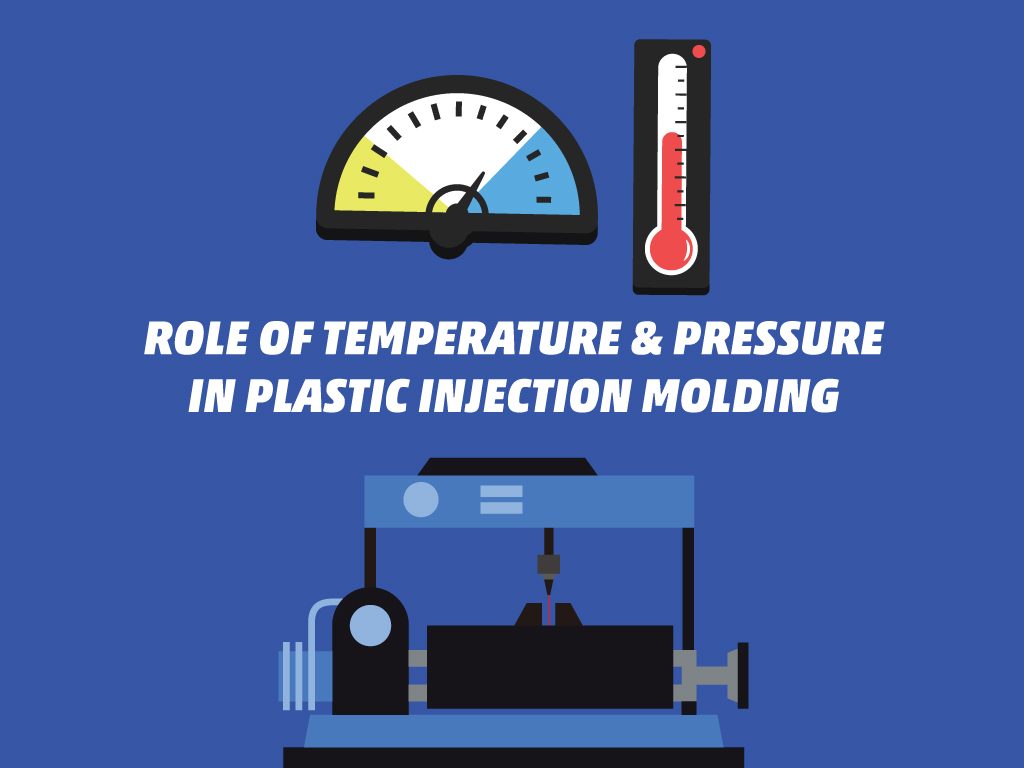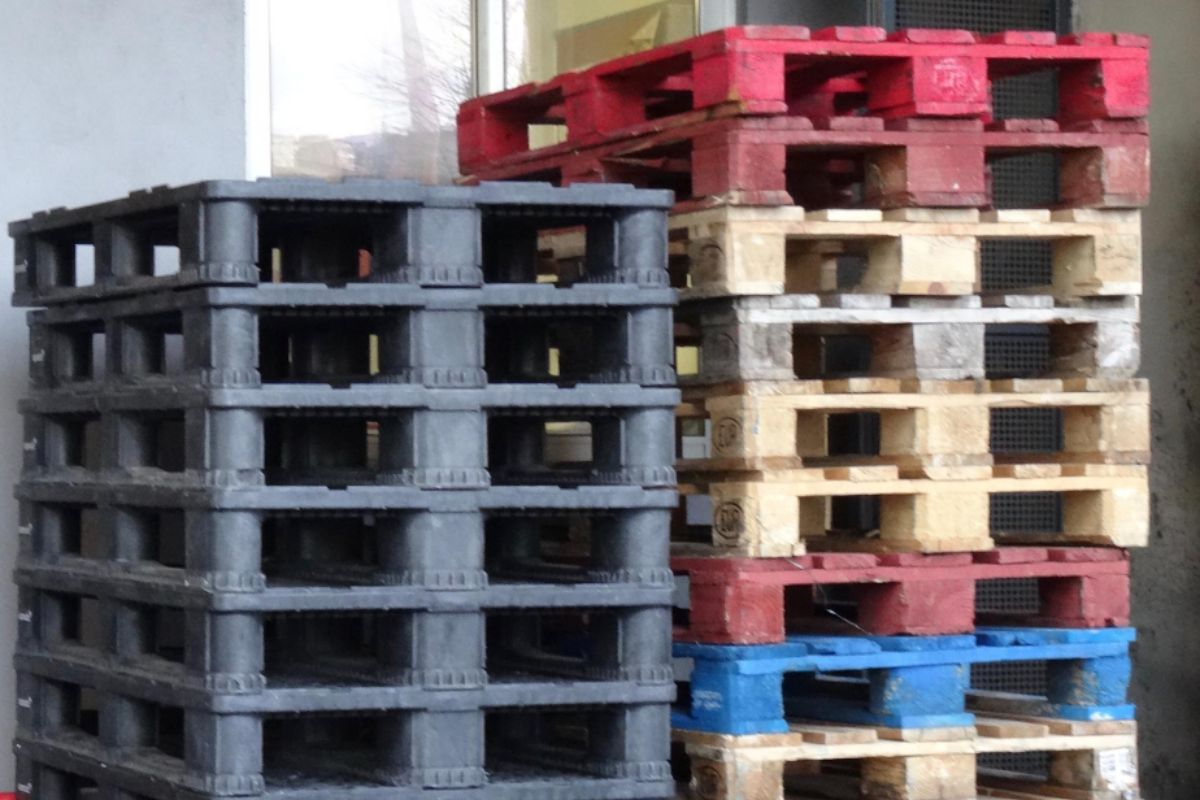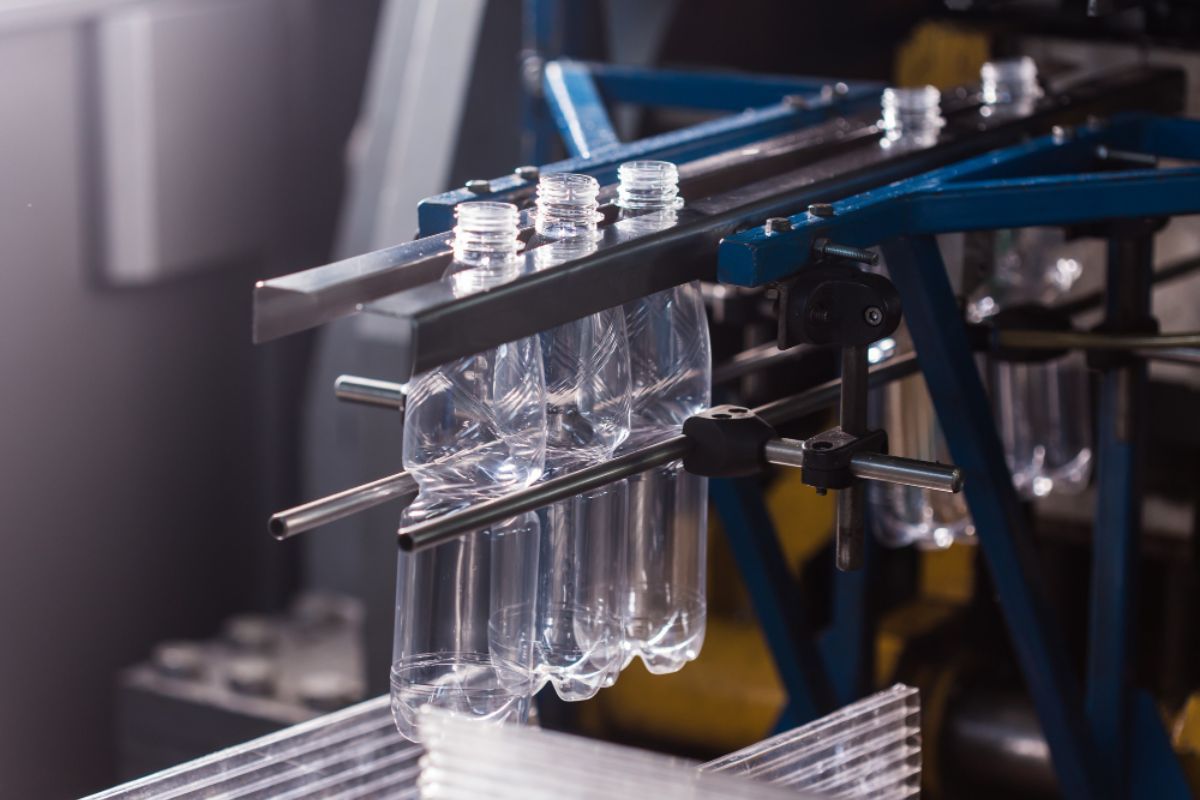In every manufacturing and production, there are several key components that ensure the successful delivery of the operation.
Just like any manufacturing company, a plastic injection molding plant has many components to incorporate, factors to consider, and standards to meet.
Do you want to learn about the components of an injection molding process?
If yes, then read on because you will learn the significance of temperature and pressure in the injection molding process.
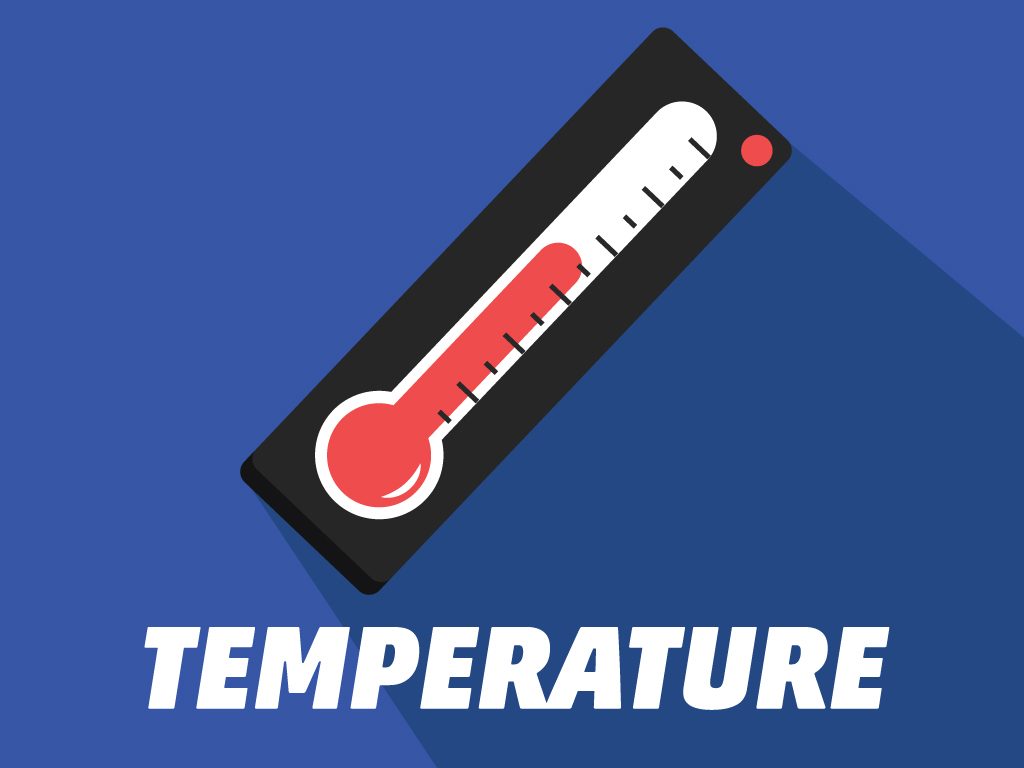
Temperature
One significant factor in the plastic injection molding process is temperature.
In order to further regulate the temperature during production, there are specific temperature-related factors that make up the production process.
Temperature Control
In the plastic injection molding industry, thermocouples are utilized as regulator and sensor for the temperature control systems. The temperature required is indicated on the control instrument, which will be regarded as the set point.
Once the set point is attained, the power is then turned off and turned on again so that the temperature falls below the set point.
Just like any production process, there are factors and conditions that can influence the condition of the product. There are two conditions that play a significant influence on the production process. These two conditions are melt temperature and mold temperature.
Melt Temperature
The temperature of the polymer upon exiting the nozzle and entering the mold is the melt temperature.
Measuring the specific melt temperature is done through an air shot technique or through the nozzle. By utilizing an air shot technique, accidents can happen during measurement, especially since the materials are hot plastics.
Melt temperature has an influence on both the viscosity and final molecular weight of the molded polymer.
Mold Temperature
Compared to melt temperature, mold temperature has a more serious influence on the finished product.
For amorphous polymers, molded-in stress is lessened when a higher mold temperature is utilized for production.
Mold temperature is a relevant factor in determining the extent of crystallinity in polymers. Crystallinity is incorporated into certain properties like creep resistance, fatigue resistance, wear resistance, and the dimensional stability during high temperatures.
In order to attain optimal performance, a lower melt temperature must be combined with a higher mold temperature.
Temperature Settings
First timers or beginners are advised to begin first with the lowest settings when producing a specific sized material.
For easier control, injection cylinders are divided into several zones.
A lower value can be used in the first zone if it’s either working at a high temperature or the cycle times are taking too long. By doing so, possible premature bridging and melting are avoided. But, initially, before the start of the molding production, the barrel, mold, hopper block, and hydraulic oil have the appropriate temperatures.
Temperature Recording
The exact temperature to be recorded is indicated by the machine setting record. Various type temperatures are recorded, such as melt temperature, mold temperature, water temperature, and oil temperature.
For a more convenient checking of temperature, a gadget like an electronic, portable, and temperature sensor probe can be used aside for a thermometer.
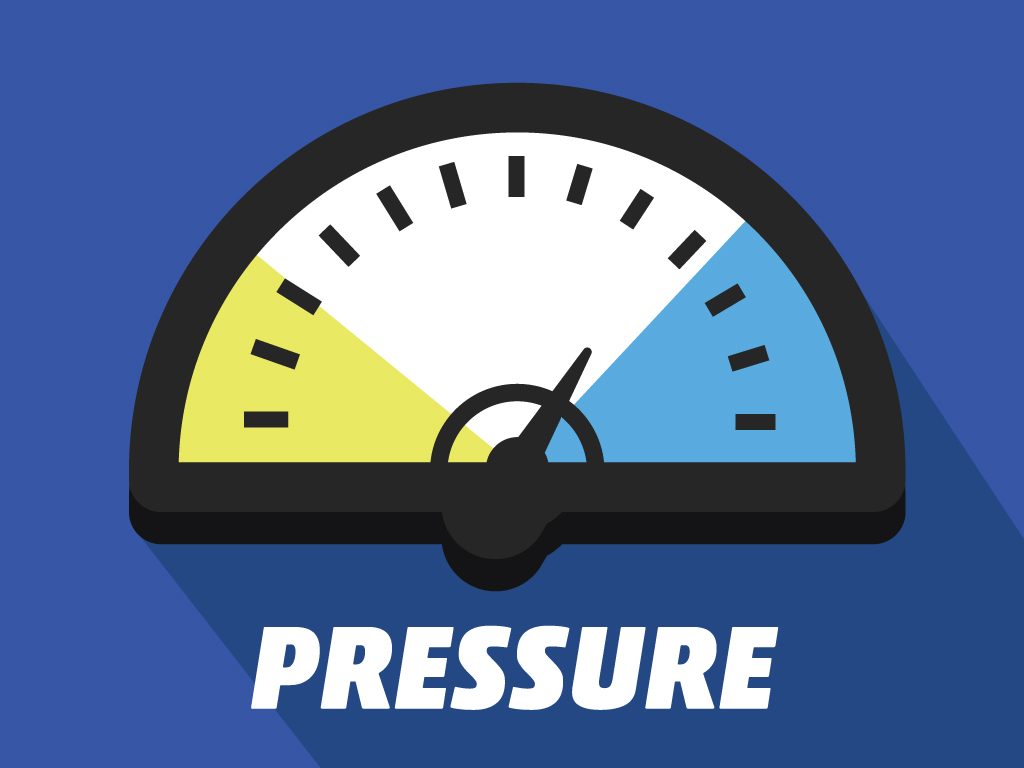
Pressure
Before the plastic materials are placed in the feeding system, a high injection pressure must be used. Doing so will also quickly fill in the molds.
Injection Pressure
This pressure ushers the flow of materials and can be measured by a transducer that is positioned either at the hydraulic line or nozzle.
Its value remains constant, but escalates as the fillings of the mold become more complex.
First Stage and Second Stage Pressure
To maintain the specified filling speed, a high injection pressure may be needed. Once the mold is full, high pressure is no longer necessary.
Oftentimes, if a high pressure was used during the first stage, the succeeding stage will utilize a lower pressure.
When processing semi-crystalline or thermoplastic materials, a second stage is no longer required. The sudden change in pressure may not produce the desired structure.
Clamping Pressure
To oppose the injection pressure, a clamping pressure must be performed.
The amount of pressure must be estimated from the projected area. The projected area is the largest area visible from the vantage point of the direction of the clamping force.
Back Pressure
Inside of a barrel or a cylinder, the screw is rotated against the plastic materials. It is essential that the screw must exceed this pressure before moving back.
Application of back pressure yields benefits to the products, but harms the equipment. The color dispersion and melting of the material are optimized by back pressure. Doing so can cause strain on the plastic injection molding machine, reduce the fiber length in the system, and can cause the lengthening of screw retraction time.
Cavity Pressure
This is the pressure that opens and disfigures the mold.
The process of determining this pressure is called cavity pressure control (CPC) and is done by using a transducer.
Nozzle Pressure
Staying true to its name, nozzle pressure is the pressure within the nozzle that initiates the flow of materials.
Although it has no constant value, it does increase in relation to the developing complexity of mold fillings.

Key Takeaway
Those are the relevant roles that both temperature and pressure play in the plastic injection molding process.
In order to produce the designated results, the proper amount of both temperature and pressure must be utilized.
